Plant Science
Bacterial superheroes may save the day for crops
Genetic analyses of a desert bacterium show it could help to improve crop production in arid lands.
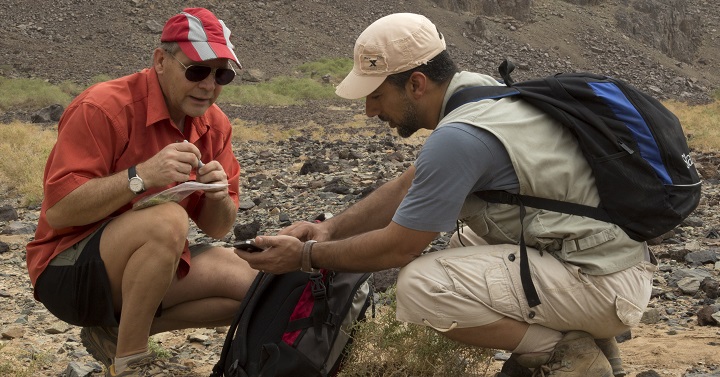
The bacterium SA187 has been isolated from the root nodules of an indigenous desert plant that grows in Saudi Arabia. The KAUST team found it has many genes that promote plant growth in stressful environments.
Their finding is part of a KAUST project called DARWIN21, which aims to explore the microbial diversity of desert plants and examine their potential for use in improving agricultural sustainability in drylands and marginal areas.
“We were surprised to find tens of bacteria from completely different taxa that are able to help a variety of plants grow better under abiotic stress conditions,” says plant scientist Heribert Hirt.
The UN Food and Agriculture Organization estimates farmers will need to produce 70 percent more food by 2050 to meet the needs of the world’s growing population. At the same time, 70 percent of global annual food production is lost due to challenges from various biotic (pathogens, insects, herbivores) and abiotic (drought, heat, cold) factors, explains Hirt.
Crops need to be more stress resistant, but genetic engineering and crop breeding technologies take a long time to develop and they can’t immediately serve the people who need food the most: subsistence farmers who eat what they farm. “So we need fast and low-cost solutions that are affordable and accessible to everyone on the planet,” says Hirt. The DARWIN21 project aims to find bacteria that can help crops become resistant to the most prominent abiotic stresses that are responsible for 60 percent of the loss in crop productivity, he says.
KAUST researchers treated five-day-old seedlings of a small flowering plant called “Arabidopsisthaliana” with the bacterium SA187. The plants were then grown in conditions that tested their tolerance to drought, heat and salt stresses. Plants treated with SA187 grew better than those not treated with the bacterium.
Analyses also showed that SA187 can adapt to diverse and harsh environments; colonize plants and modulate their hormone production, thus promoting growth; and produce enzymes that protect the plant against pathogenic bacteria, insects and fungi.
Significantly, the team compared the genome of SA187 with that of other bacteria and found that it could be a new genus that belongs to the “Enterobacteriaceae”family of bacteria. Further investigations are required, however, to fully characterize its taxonomic position.
The team was able to analyze the bacterium’s genome in detail and to assess the likely functions of many of its genes using KAUST’s computational pipeline, Automatic Annotation of Microbial/Meta Genomes, says bioinformatician, Intikhab Alam, of the University’s Computational Bioscience Research Center.
Identified genes were added to the INtegrated Database of microbial/meta GenOmes (INDIGO) to provide an easy-to-use platform for biologists to further explore these genes.
Maged Saad, a research scientist with the team, has developed an application that coats plant seeds with the bacteria before they are sown. This gives the bacteria a competitive advantage to establish on the plant before it is exposed to other bacteria in the soil.
Four of Hirt’s students are now establishing a nonprofit company to distribute SA187 to poor subsistence farmers in various parts of the world. “We hope that by increasing the harvest of these farmers, they will be able to buy essential tools, such as tractors, to improve their production and make a sustainable living,” says Hirt.
References
-
Andres-Barrao, C., Lafi, F.F., Alam, I., de Zelicourt, A., Eida, A.A., Bokhari, A., Alzubaidy, H., Bajic., V.B., Hirt, H. & Saad, M.M. Complete genome sequence analysis of Enterobacter sp. SA187, a plant multi-stress tolerance promoting endophytic bacterium. Frontiers in Microbiology 8, 2023 (2017).| article
You might also like

Bioscience
Digging into the world of plant-growth-promoting microbes

Environmental Science and Engineering
Hydrogen storage solution could lie in lakes
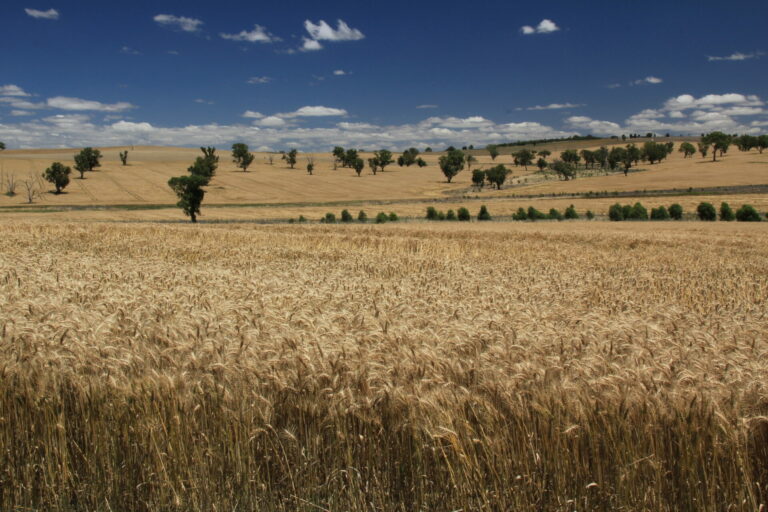
Bioscience
Unraveling modern bread wheat from the genes up
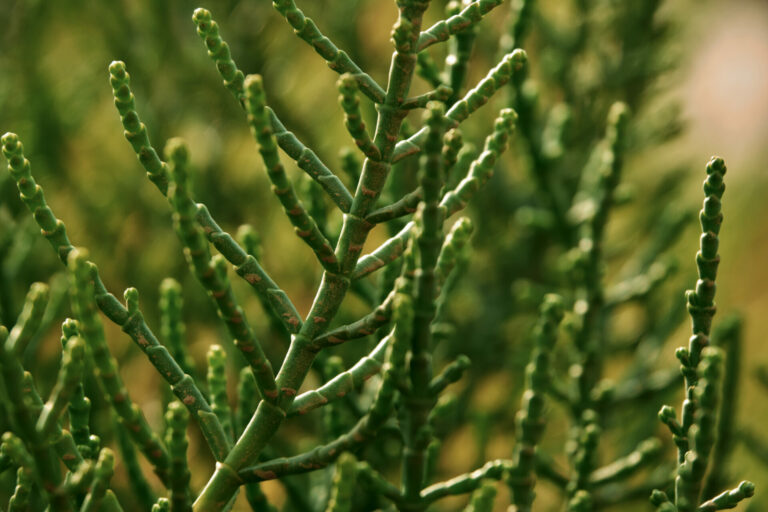
Bioscience
Why do some plants thrive in saline conditions?
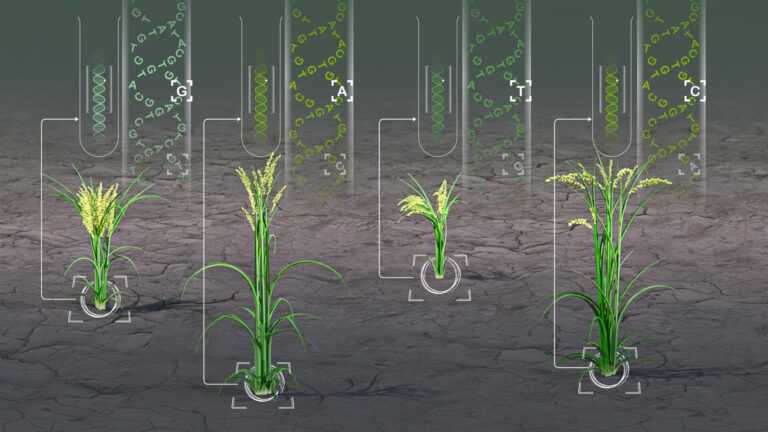
Bioengineering
Analytic tool reveals more cream of the crops
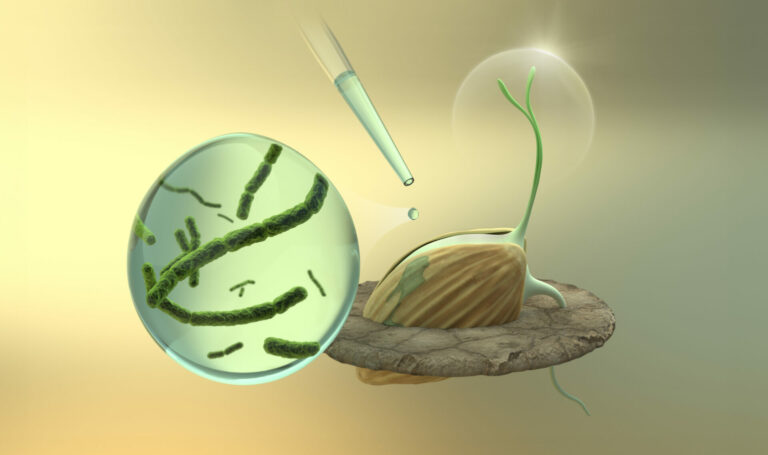
Plant Science
Targeting seed microbes to improve seed resilience

Bioengineering
From roots to shoots: decoding strigolactones in plant architecture and symbiosis

Plant Science




